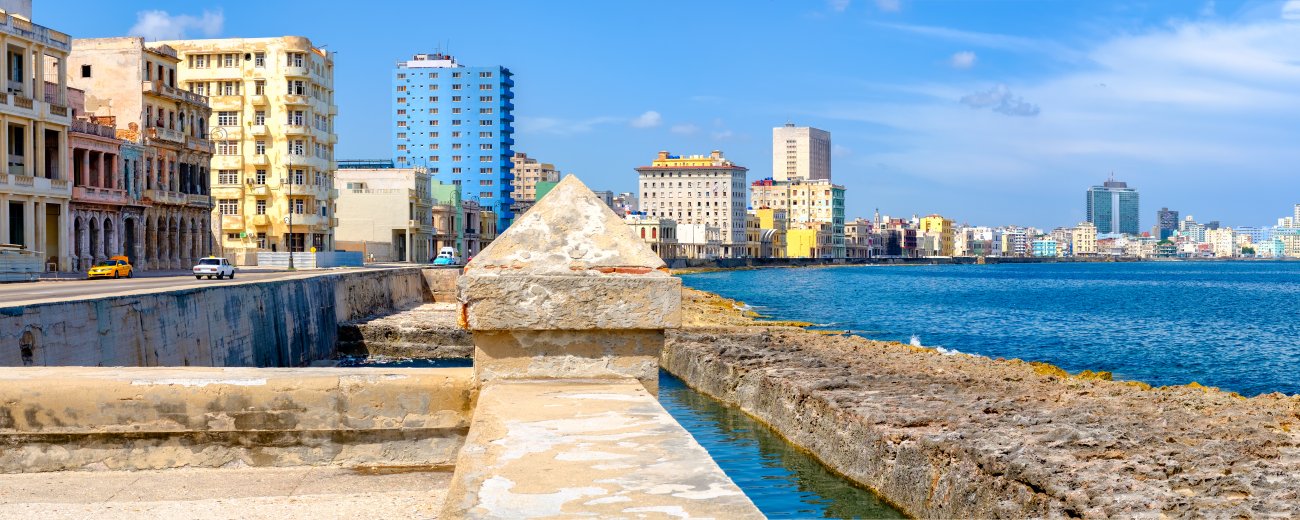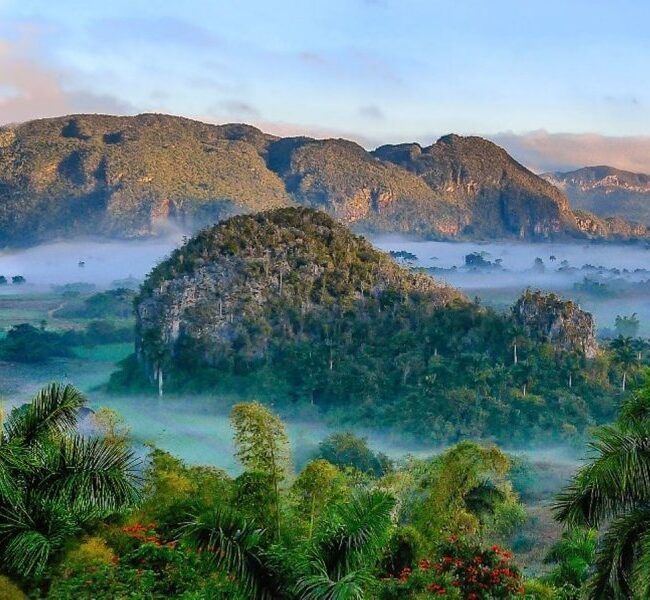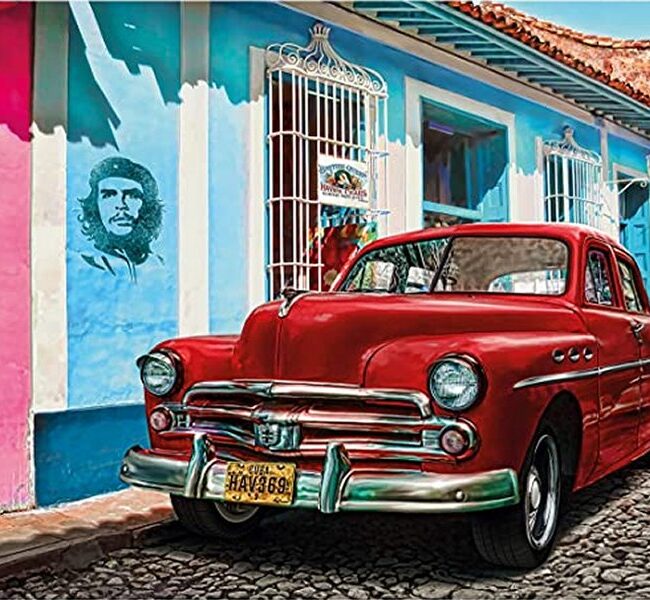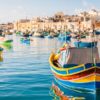Cuba
What comes to mind when you think of visiting Cuba? You might imagine yourself relaxing on a gorgeous white sand beach, maybe drinking a mojito and enjoying a smooth Cuban cigar. Perhaps you’re salsa dancing in the streets of Old Havana, or driving down the road in a classic 1950’s car with the top down, wind in your hair. To those dreaming of visiting, Cuba is a place that conjures up plenty of vibrant images. It’s a place with a complex past and a rich culture. In a fast-paced, ever-changing world, it’s a place where time seems to stand still.
Last year I had the pleasure of designing and leading a group trip to Cuba, consisting of six days in Havana, with a day excursion to the nearby Vinales Valley. What I found in Cuba was a place that exceeded all expectations and left me hungry for more. I instantly fell in love with this beautiful country – the people, the culture, the way of life. Unfortunately recent travel bans imposed by our government have made it increasingly difficult for U.S. citizens to travel to Cuba, though with the right planning, preparation, and documentation it is still possible to get there. I hope that I will be able to return soon, because Cuba is calling me back already.
Things to See and Do in Cuba
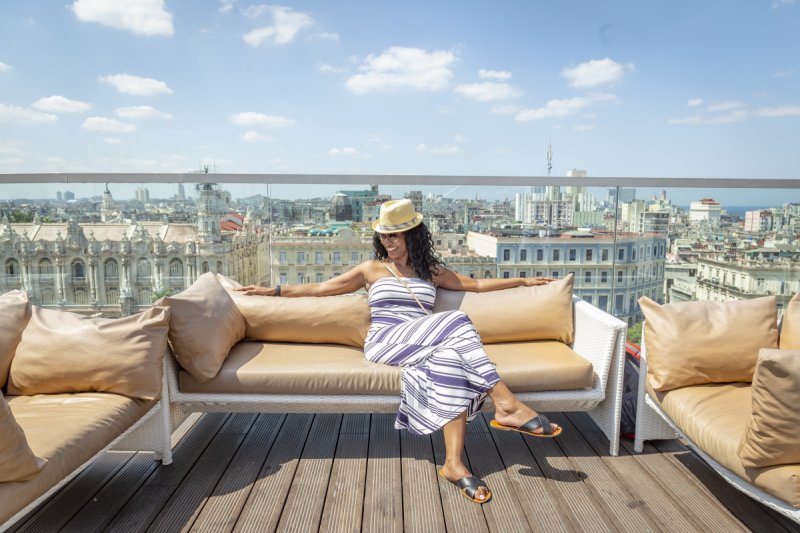
Have a “Mojito” on the Rooftop of the Gran Hotel Manzana Kempinski La Habana
Typical Costs When Travelling
Accommodation – A typical 4 star hotel in Havana, such as Hotel Nacional de Cuba or Melia Habana, will cost about $150 U.S. dollars a night. However, a 5 star hotel like the Gran Hotel Manzana Kempinski is over $500 U. S. dollars a night.
Food – You can’t go wrong when it comes to Cuban cuisine, its cheap and delicious! A lobster meal in San Cristobal costs roughly $20 and is worth every penny. (Just ask Barack Obama, he once ate here).
Tours – A single full day tour costs approximately $90, excluding any entry fees for activities.
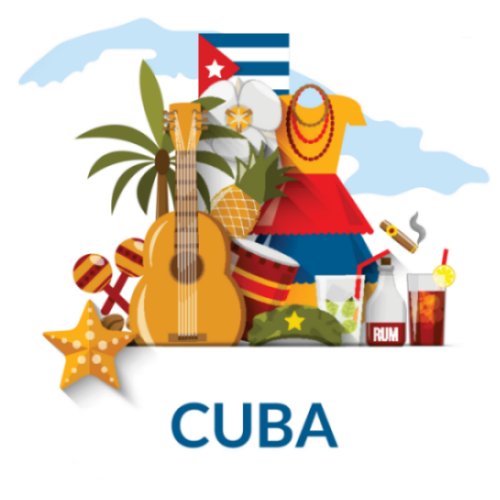
Suggested daily budget ($100 USD = 100 CUC): In 2019, on average Cubans earn approximately $25 per month yet the suggested budget is $50/day.
Cuba has a dual currency system; Convertible Pesos (CUC$) and Cuban Pesos (CUP is also referred to as moneda nacional, which is abbreviated as MN$). Tourist use CUC (CUC$), and CUP (or MN$) is used mainly by Cuban citizens.
**Note: The exchange rate between the two currencies: 25 National Pesos (CUP) = 1 Cuban Convertible Peso (CUC).
Money Saving Tips
Don’t Miss Out!
If you are staying close to Havana, plan a day excursion to Vinales Valley. Situated within the Sierra de los Organos mountain ranges, this spectacularly beautiful “karst” landscape is a UNESCO World Heritage Site. Here you will see amazing landscapes, tobacco farms where time stands still, and, in the little village of Vinales, examples of classic colonial architecture. There are some great activities here that you won’t find in the city, including horseback riding, farm tours, and rock climbing. If you’re a city girl like me, you will truly appreciate the beauty of this country landscape!
** Bonus Tip: Make sure you make a brief stop at the “Las Barrigonas” coffee shop on the highway halfway to Vinales. Get a drink, stretch your legs, and take the perfect Instagram pic! And don’t worry about the internet, because this is the very first WiFi hotspot in the province Pinar del Rio.
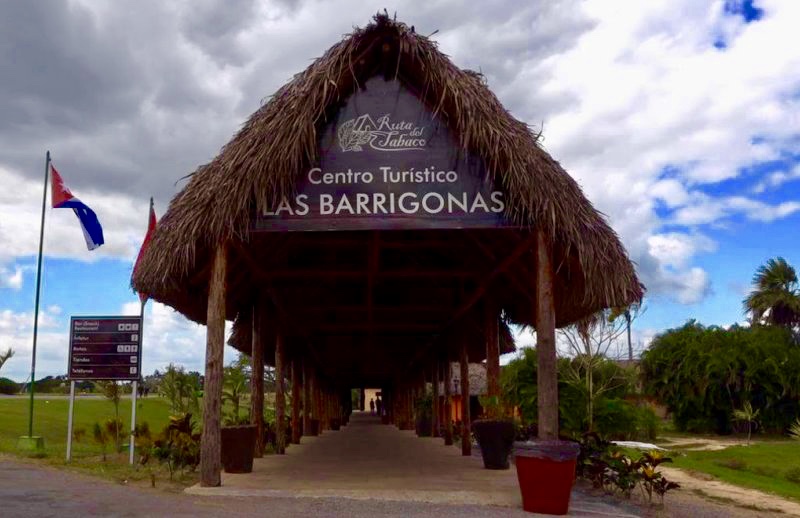
“Tourist Pit Stop”
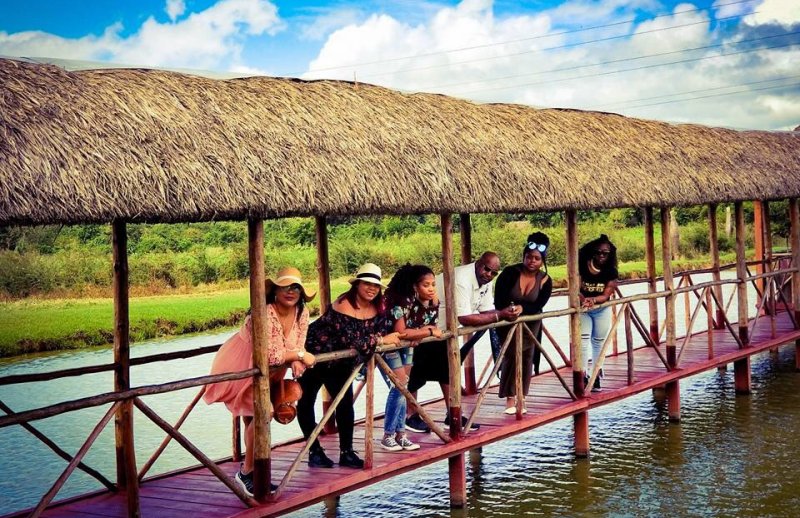
“Picture Perfect”
I didn’t but you should!
My one regret was not spending more time on the coast and at the beach. I recommend visiting the Jardines del Rey archipelago in Northern Cuba, a great place for diving, surfing, and other water sports. Another great activity is snorkeling around the coral reefs near Isla de la Juventud. I will definitely be adding these to my itinerary for next time!

Hotel Meliá Jardines del Rey, new hotel on Cayo Coco
Cuba is a place that is easy to dream about, but even more spectacular when experienced in person. When you travel to Cuba, take the time to speak with the locals. Learn their dance moves, share their food, listen to their stories. Get up close and personal with this beautiful place and I guarantee it will be calling you back for more.
October 27, 2018
post a comment
You must be logged in to post a comment.


